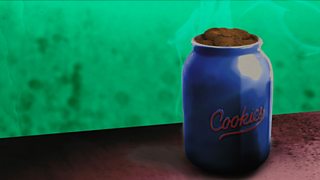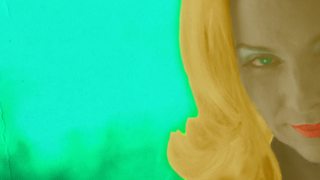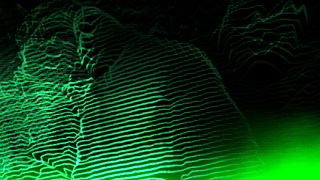The News Behind the Scream
The horror genre has to tap into our innate fears; contagion, disfigurement, the supernatural and predation, but the challenge comes in trying to create a different context to encase these themes. Very often, the context comes from a population-wide fear. Societal shifts provoke fear and make them the ideal feeding ground to horror makers.
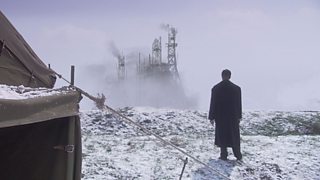
We first see this in the 19th century. Scientific rationalism was growing, and the sections of the population whose entire social structure was built around faith were obviously shaken to their foundations. Horror stepped in. Mary Shelley’s Dr Frankenstein and in 1886, Robert Louis Stevenson’s ‘Strange Case of Dr Jekyll and Mr Hyde’ showed science dominating and overcoming moral concerns. Beware this strange new technology, it operates outside a moral framework – who knows what could result?
The Fifties, in America and the UK, were places of paranoia. Communism, the threat of Reds under the Bed and nuclear war all combined to give those in the West a feeling that their way of life was under attack. This prompted films posited around ‘fear of the other’, something alien that walks amongst us but has an agenda critical of or threatening to our own. In 1951’s The Day the Earth Stood Still, two aliens who come to earth to warn us to change our way of life, and in Forbidden Planet, an invisible monster attacks without warning. Plan 9 From Outer Space, and the Thing From Another World were all designed to foster alarm in an already hyper-vigilant society.
Ah, the Sixties. They developed into weird mutant creatures, teenagers, and rejected their parents’ values. Family values, the mainstay of civilised culture, were under threat. Fortunately we had murderer Norman Bates to uphold mother-love, co-existing with his decomposing mama in a motel. Night of the Living Dead in 1968 had an interesting take on the importance of family mealtimes, although nobody expected the family to actually be the meal. Sibling rivalry took a somewhat unexpected turn when family members literally devoured each other. And it was all the fault of that pop music. Probably.
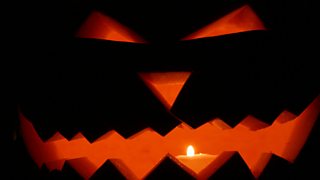
In the 1970s horror began to feature high schools, reflecting the fact that more young people than ever before were in higher education. ‘Horror High’, ‘Blackboard Massacre’ and most notably Stephen King’s ‘Carrie’ used echoing empty corridors, high school politics and the social terror of being ‘the weird kid’ to great effect. More echoing corridors featured in George Romero's 1978 film Dawn of the Dead, a very literal representation of the evils of capitalism as zombies drifted in stupefaction around a shopping mall.
In Britain our suburbia was Barbara Goode shouting “Oh Tom!” in exasperated tones while looking cute in dungarees. In America, the 1980’s population shift to suburbia was covered in films like Halloween and Nightmare on Elm Street. A killer rattling around a spooky forest was unexpected; a killer tapping on the French windows of a smart suburban home was chilling.
The Nineties was sadly the heyday of the straight to video slasher remake. The Gremlins came back and the Night of the Living Dead was revived. Also, the serial killer, often based on real life news stories, became a favourite for horror producers, largely because they could bring their villain back again and again. And in a decade of pop-psychology, some attempt was also made to introduce a psychological aspect to the better class of horror, seen in films like Silence of the Lambs, Misery and Jacob’s Ladder.
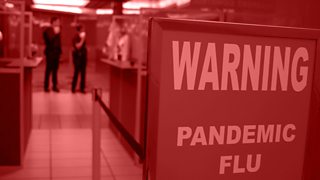
Hands up who remembers avian flu? Swine flu? Necrotising fasciitis? The 2000s was the decade of the contagion fear, and horror caught the bug. In Cabin Fever, college graduates catch a necrotising bug. , Resident Evil, I am Legend, 28 Days Later, Children of Men, Contagion and Outbreak all featured rogue viruses. One person has the antidote, the rest of us are all left with bits dropping off.
So what’s next? We’ve had climate change in Kevin Costner’s ill-fated Waterworld in 1995, but it’s yet to be fully explored in horror. Possibly a more subtle and insidious theme would suffice. For today’s teenagers, the mainstay of the horror audience, something called “Isolation: Life without Broadband” would probably be enough to send them screaming.
